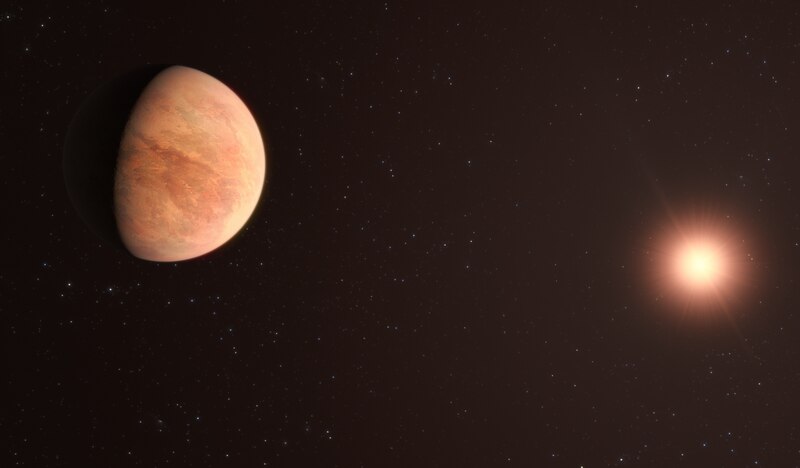Astronomers Discover Fifth Exoplanet in L 98-59 System: A New Habitable Zone Candidate

Astronomers have confirmed the existence of a fifth exoplanet in the L 98-59 system, named L 98-59f, which is classified as a non-transiting super-Earth. This planet, situated within the habitable zone of its host star, has a minimum mass of 2.8 Earth masses and completes an orbit every 23 days. The discovery was announced on July 23, 2025, by a research team led by Charles Cadieux of the Université de Montréal and the Trottier Institute for Research on Exoplanets. The L 98-59 system, which lies approximately 34.5 light-years away in the southern constellation of Volans, is particularly intriguing to astronomers due to its compact arrangement of exoplanets.
The L 98-59 system, also known as TOI-175 and TIC 307210830, is home to a total of five confirmed planets, three of which were initially identified in 2019 by NASA’s Transiting Exoplanet Survey Satellite (TESS). These three planets are characterized by their short orbital periods of 2.25, 3.7, and 7.45 days, respectively. The outer planet, confirmed in 2021 using the European Southern Observatory’s ESPRESSO spectrograph, has an orbital period of 12.8 days. The confirmed planets display a range of sizes, from 0.8 to 1.6 Earth radii, and masses varying from 0.5 to 3 Earth masses, suggesting diverse planetary compositions.
In their recent study, Cadieux and his team employed advanced data analysis techniques, utilizing observations from TESS, ESPRESSO, the HARPS spectrograph, and the James Webb Space Telescope (JWST). Dr. Cadieux stated, "Finding a temperate planet in such a compact system makes this discovery particularly exciting. It highlights the remarkable diversity of exoplanetary systems and strengthens the case for studying potentially habitable worlds around low-mass stars."
The researchers refined the measurements of the previously known planets, reporting updated radii and masses for L 98-59b, c, and d, with sizes of 0.84, 1.33, and 1.63 Earth radii respectively. The mass estimates were reported as 0.46 Earth masses for L 98-59b, 2 for L 98-59c, and 1.64 for L 98-59d. The newly confirmed L 98-59f, with its position in the habitable zone, raises important questions about the potential for liquid water to exist on its surface, a key criterion for habitability.
Professor René Doyon, director of the Trottier Institute for Research on Exoplanets, remarked, "With its diversity of rocky worlds and range of planetary compositions, L 98-59 offers a unique laboratory to address some of the field’s most pressing questions: What are super-Earths and sub-Neptunes made of? Do planets form differently around small stars? Can rocky planets around red dwarfs retain atmospheres over time?"
The implications of this discovery extend beyond mere planetary identification. The L 98-59 system showcases the capabilities of modern observational astronomy, combining data from both space-based and terrestrial instruments. The team anticipates that the refined measurements will facilitate future atmospheric studies, particularly with the JWST, which is designed to analyze the atmospheres of exoplanets and assess their habitability potential.
This discovery contributes to the growing body of evidence suggesting that low-mass stars, such as red dwarfs, can host a variety of planetary systems. As the field of exoplanet research continues to evolve, L 98-59f stands as an important target for further exploration, potentially revealing more about the conditions necessary for life beyond Earth. The research is set to be published in the Astronomical Journal, providing a comprehensive overview of the L 98-59 planetary system and its unique characteristics.
Advertisement
Tags
Advertisement





